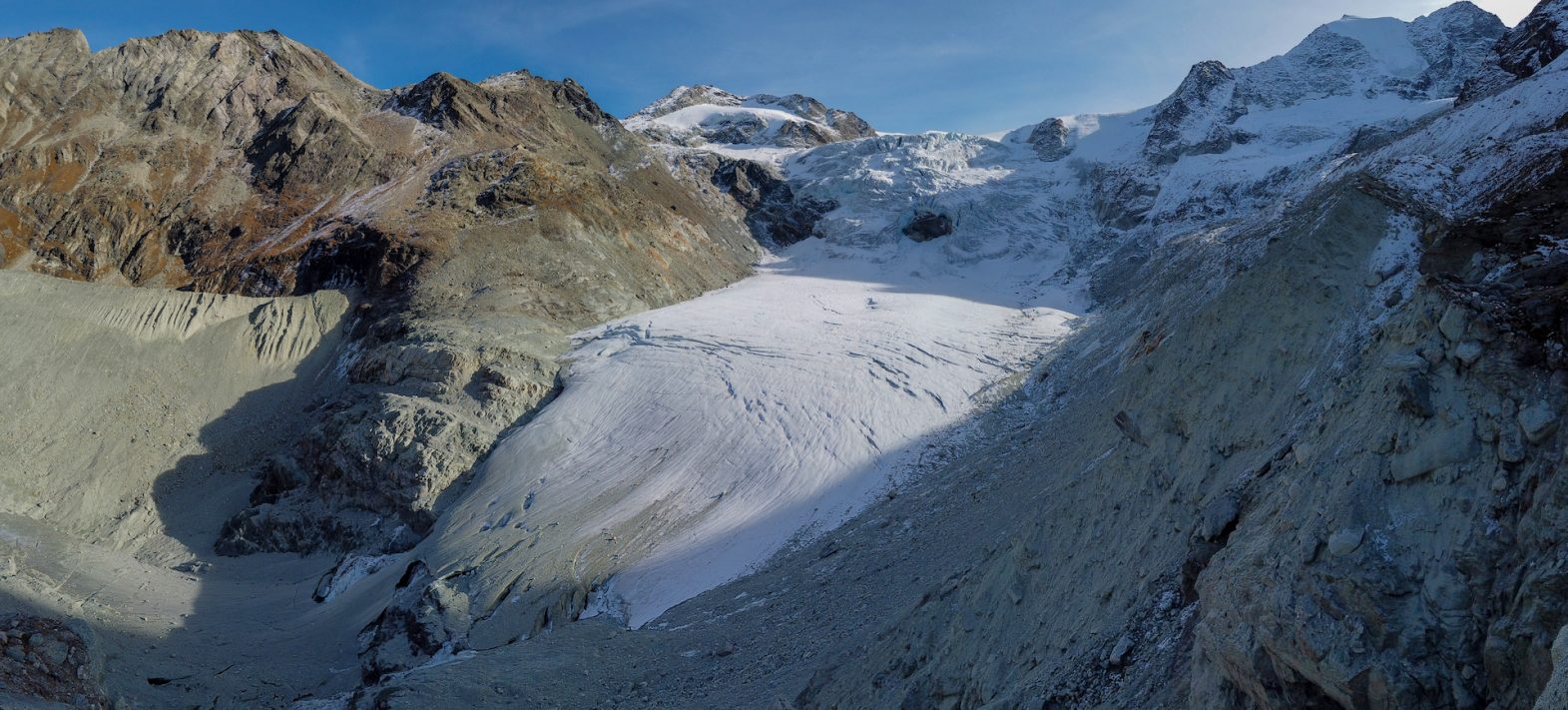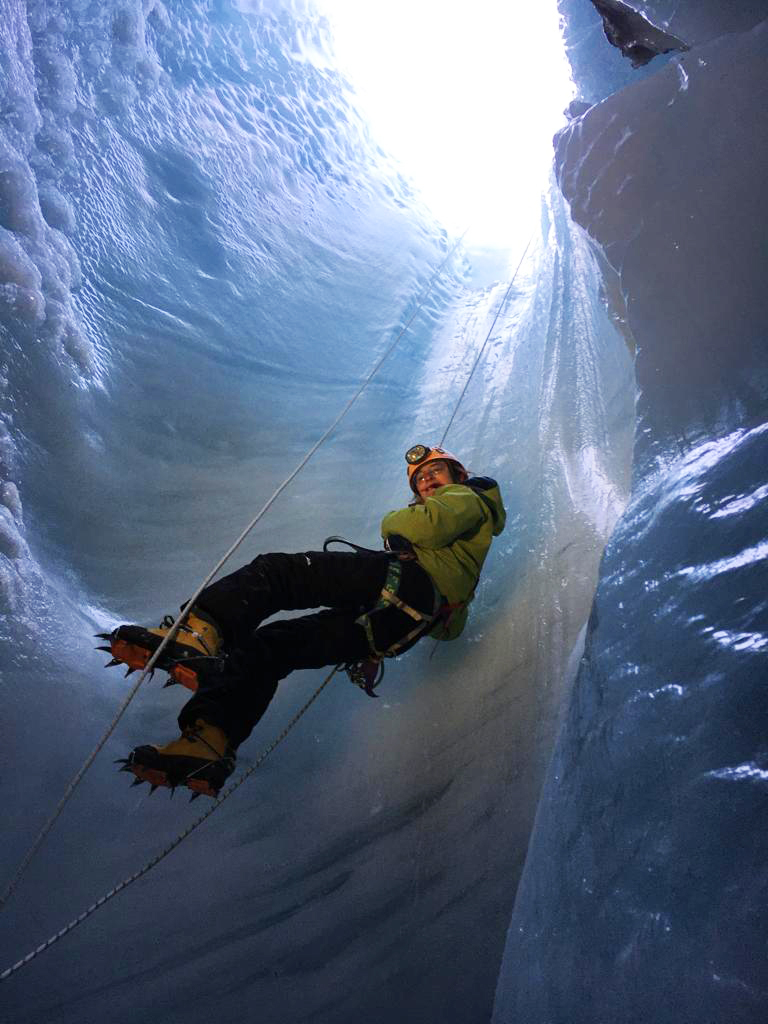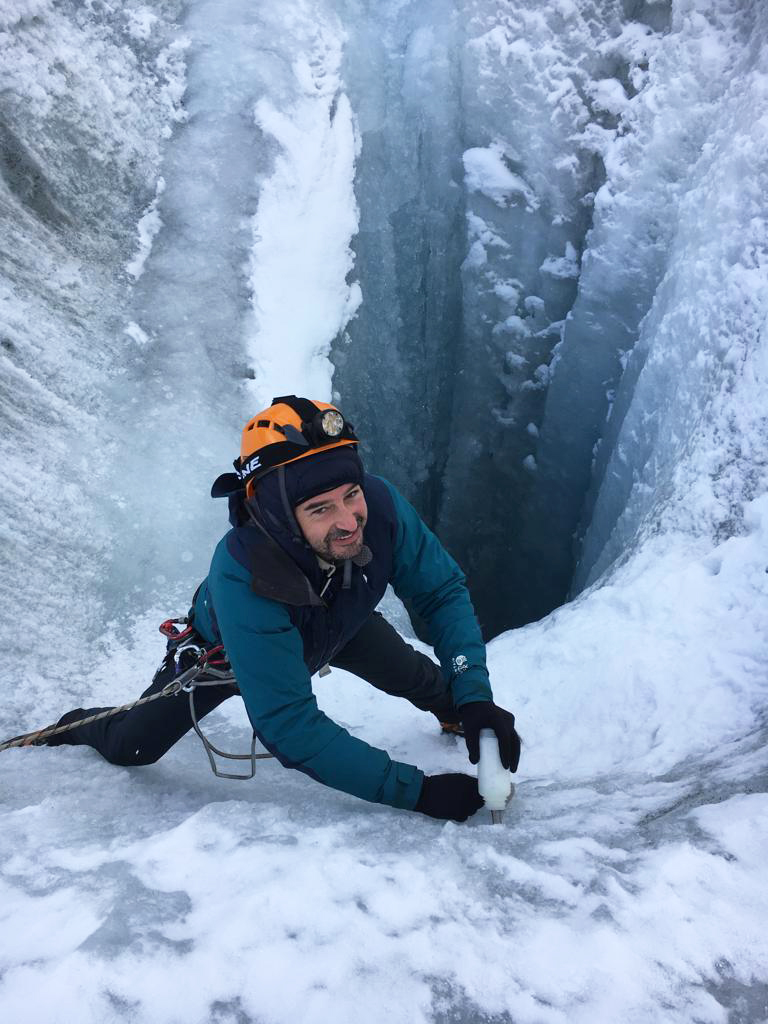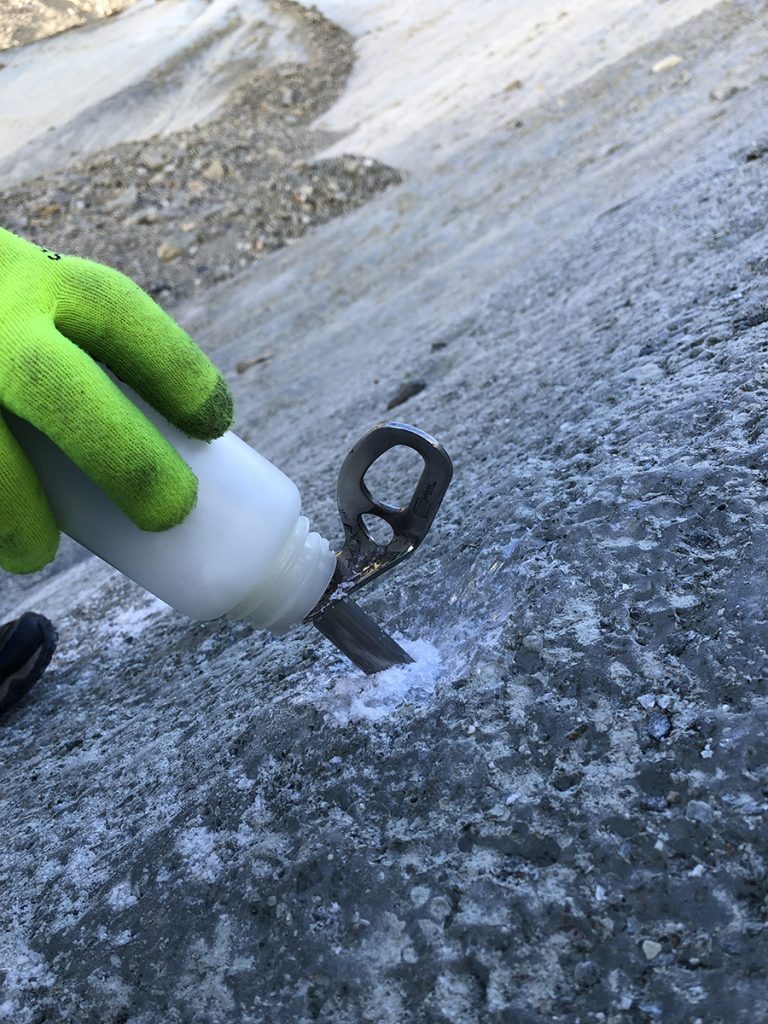IPGP researchers search for nanoparticles on glaciers
In autumn 2021, two IPGP researchers will carry out a sampling mission on Alpine glaciers, with the aim of tracing the distribution and source of nano-sized particles in preserved areas. This expedition is a continuation of the NanoTrack project, funded by the IdEx Université de Paris, on the study of nanoparticles and their effects on humans and the environment.

Latest news










